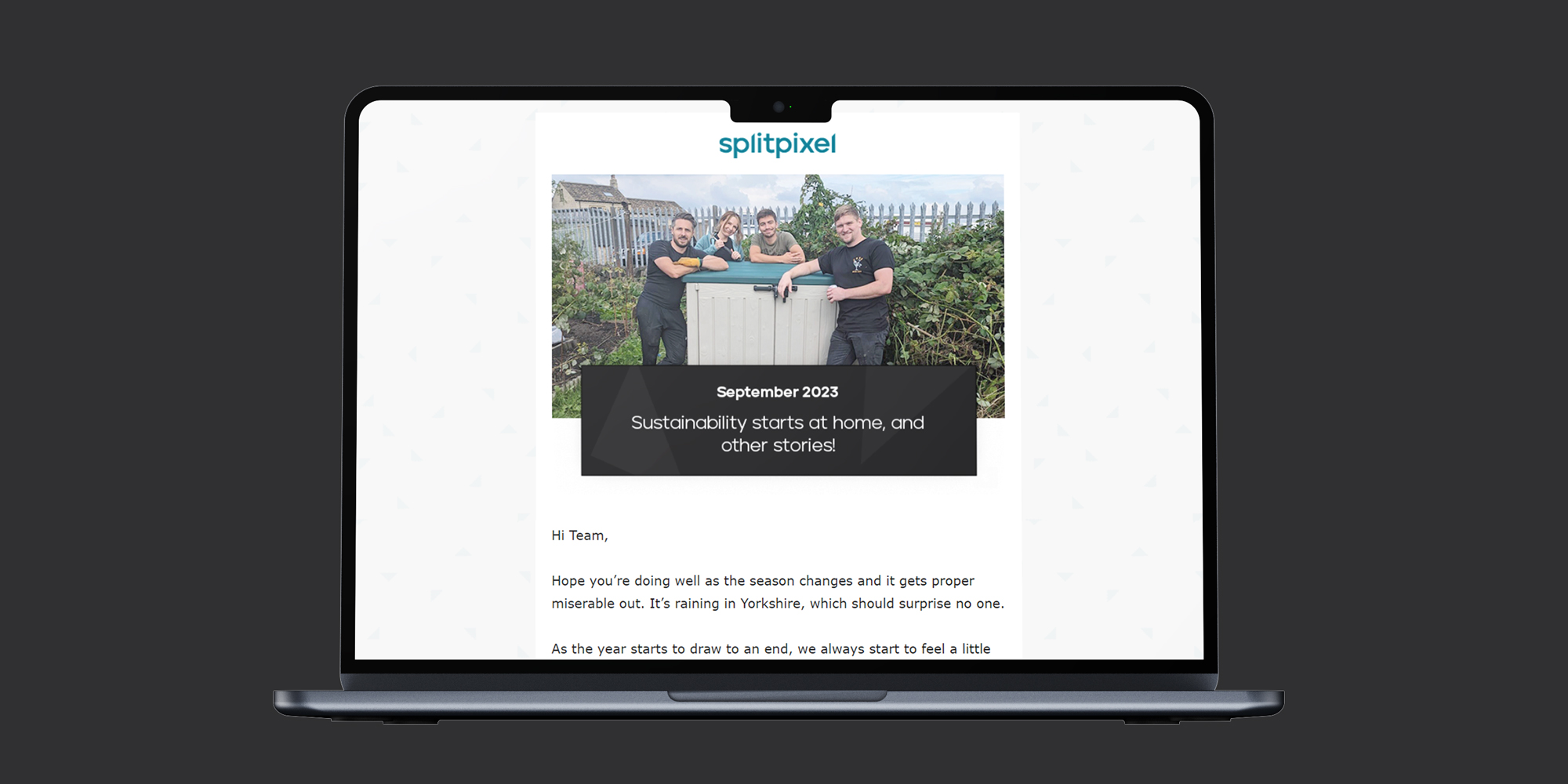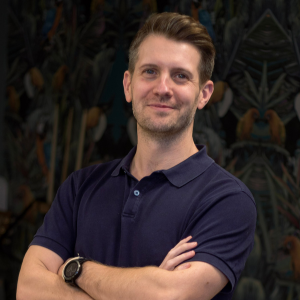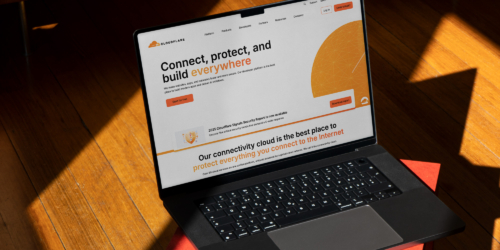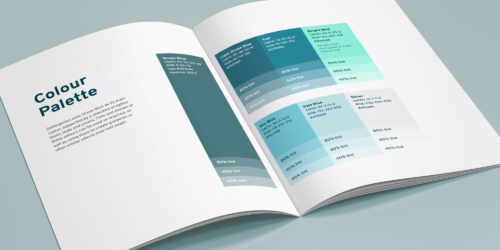Making your digital marketing content and platforms accessible to all should be a top priority for your business. You might not realise that your inaccessible content is alienating an entire demographic and the solutions to this problem are actually pretty straightforward.
Making a few simple changes can make a world of difference for the accessibility of your digital content. Doing so will expand your potential audience and perhaps give you the edge against your less-considerate competitors who’ve not yet prioritised accessibility.
As part of a neurodiverse content team who all share a personal interest in promoting inclusivity, we’ve put together some tips on how to make your websites and social media more accessible to people like us or who have other disabilities that involve their hearing, vision, or mobility.
Accessible web design
Ensure your website is built in a way that lends itself well to accessibility.
At Splitpixel, we’ve built websites to AA and AAA accessibility standards. Our web developers aim for AA standards for all web design projects because they believe that accessibility is simply good practice!
These standards ultimately mean that the websites are built in a way specifically designed to be friendly and usable for a disabled audience, with elements in the site’s code that ensure a website’s content can be read by a screen reader or navigated by keyboard, and so on. They are also designed to ensure that colour combinations and contrasts are readable by people with limited vision.
Even if your website doesn’t require AA accessibility standards or you’re not in a position to completely rebuild your website, there are things you should consider such as your chosen content management system (CMS) and your user experience (UX). We use WordPress, for example, because we’ve found it’s one of the best content management systems in terms of accessibility and ease of use.
You can also test your website to see how it might perform for a disabled person so you can know what their user experience would be. Some disabled people can’t use a computer mouse and exclusively use a keyboard, for example. So, test your website to see if you can navigate it easily without a mouse, and consider removing features that get you stuck in favour of something a bit more straightforward.
Similarly, test your website to see how it looks with screen magnification or how a screen reader might read your site. Ensure your H-tags are appropriately nested so that a screen reader will know how your page is structured, even if you can’t quite get them to handle every single element. Doing tests like these will help you see how easily a disabled person might navigate your site, and then you can make steps to improve that journey for them – doing a bit is so much better than doing nothing at all.
![]()
Accessible content
Think about how your disabled audience will access your content on your website and social media.
While you’re testing your site for accessibility, think about your web content. Do all of your images have accurate alt-tags? Putting time into your image descriptions is so important to convey the meaning and purpose of your images, so remember to be specific. This also applies to social media content: it’s best practice to include an image description in your copy to help visually impaired users.
Consider how screen readers will read these alt-tags or image descriptions aloud. A screen reader will automatically recognise an image and read the alt-tag as “An image of…” so don’t start your alt-tag with “An image of…” unless you want the screen reader to say: “An image of an image of…”. Remember that alt-tags are also incredibly beneficial for search engine optimisation (SEO) so take this as an opportunity to include keywords relevant to the image.
Ensure your video content is accurately captioned. While this might take some time to do, it’s incredibly worth it. If you’ve invested time in creating the video, don’t waste that by making the content inaccessible to people who are deaf or hard of hearing. And consider, of course, how many people scroll through content with the sound on their device off in favour of music or a podcast – captions can be useful for everyone!
Likewise, consider your colour choices carefully for colour-blind folks (wow, that’s a lot of “c”s). Make sure text stands out against its background and that your content is clear. Which leads to a more general piece of advice – don’t overcomplicate things. If something is clear and works, don’t try to make it fancier than it needs to be.
![]()
Accessible workplace
Seriously consider diversifying your workforce for an authentic perspective
The best way to make your digital marketing more accessible is to involve disabled voices in the creative process. This could include actively hiring disabled people to your in-house team or hiring agencies that employ disabled content creators – like Splitpixel (shameless plug). Taking steps to help diversify your workforce is something that every company should be doing. If everyone working for you is neurotypical or non-disabled, ask yourself – why?
If you include disabled people in your workforce, they will have invaluable first-hand experience and insight into the accessibility issues they face on a day-to-day basis. They may present you with ideas or problems you’d never considered before and that’s a great thing! When we try to make something more accessible, we should always be listening to the perspectives of disabled people to make sure we’re helping rather than putting up further barriers by making our own assumptions.
It’s important to bear in mind that, once you’ve hired disabled people, it’s not their sole responsibility to fix your accessibility issues. It’s the responsibility of neurotypical and non-disabled people to be good allies, to ask what they can be doing differently, and actively take steps to make changes that make things accessible for everyone.
![]()
Final thoughts
As a disabled person who relies on good captions or subtitles to enjoy movies and video content on YouTube and social media, I have personal experience of the frustration of encountering inaccessible content and the difference accessible content can make. I still haven’t been able to enjoy HBO’s The Wire because NOW TV can’t seem to get their subtitles to properly sync with the dialogue! More importantly, I struggled at university when my professors showed uncaptioned video content in their lectures – accessibility issues arise in all areas of our society.
This frustration fuels my personal desire to pay attention to the things I should be doing better at. We all know there’s more we can do to help the disabled community; it’s easy to forget that things that take me a few minutes (like adding an image description to a social media post) can be the difference between someone being able to access my content, and not. In an increasingly digital world, considering our disabled audience should be a top priority.
Remember, inclusivity is always worth it.
Continue reading...
Cloudflare to block AI Crawlers by default
Cloudflare have recently announced that they’ll be blocking AI crawlers from accessing websites that use its services.
Written by Ash Beardsall
Web Design Brand Guidelines – and what to do if you’re worried about web accessibility
Since 2008 I’ve used countless brand guideline documents when designing websites. Back when I started, there wasn’t much of a conversation about accessibility – the overall aesthetic was all people were worried about.
Written by Rob Marshall
Sign up to our newsletter

Lets work together
Contact us

